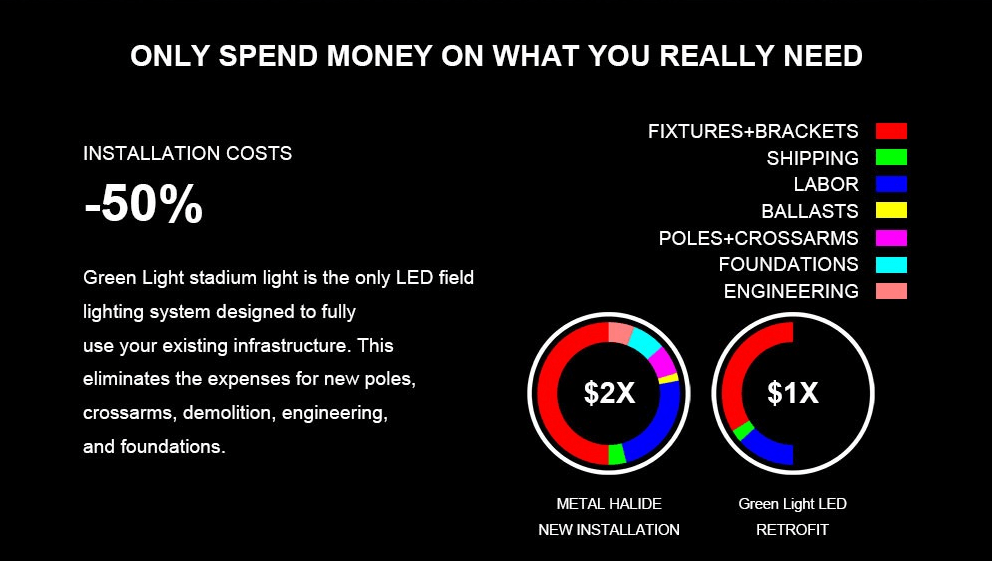

On the other hand, LED bulbs use an electrical current that passes through a microchip, which illuminates the tiny light sources we call LEDs to produce visible light. To light up halogen bulbs, its transformers require a huge amount of heat, meaning there is also the risk of it igniting common substances like paper, dust and insulation batteries. You save money (and time) by not needing to constantly replace your bulbs. Although the cost of LED lights may be higher than halogen bulbs at the outset, it works out to be more cost-effective in the long-term. LED lights can last up to 50,000 hours, whereas halogen bulbs have a lifespan between 1000 to 2000 hours. On the other hand, halogen bulbs use up to 500 watts an hour to provide the same amount of illumination. LED bulbs may use anywhere from 7 to 20 watts an hour. In recent years, LED downlights have rapidly replaced traditional halogen bulbs across the country. Replacing them with long-lasting LEDs means you won’t have to change them nearly as often! LED downlights versus halogen downlights Not only do they get a lot of use, but they’re also a bit of a pain to change over (given they’re in the ceiling). Click here to find out if you’re eligible.ĭownlights in particular are a great candidate for LED replacements.

The Government incentive provides rebates or discounts for installing energy-efficient lighting throughout the home. Halogen bulbs are slowly being phased out of use in Australia, and if you’re located in Victoria, you may be eligible for the Victorian Energy Upgrades program. No wonder the LED lighting industry is growing faster than ever.Īnd now there’s no better time to replace your old halogens with LEDs. They’re not only energy-efficient, but they also offer a much more cost-effective lighting solution and are better for the environment overall. LED light bulbs are designed to have energy-saving properties, meaning they can offer the same degree of illumination as your traditional halogen bulbs, but with much less power.


 0 kommentar(er)
0 kommentar(er)
